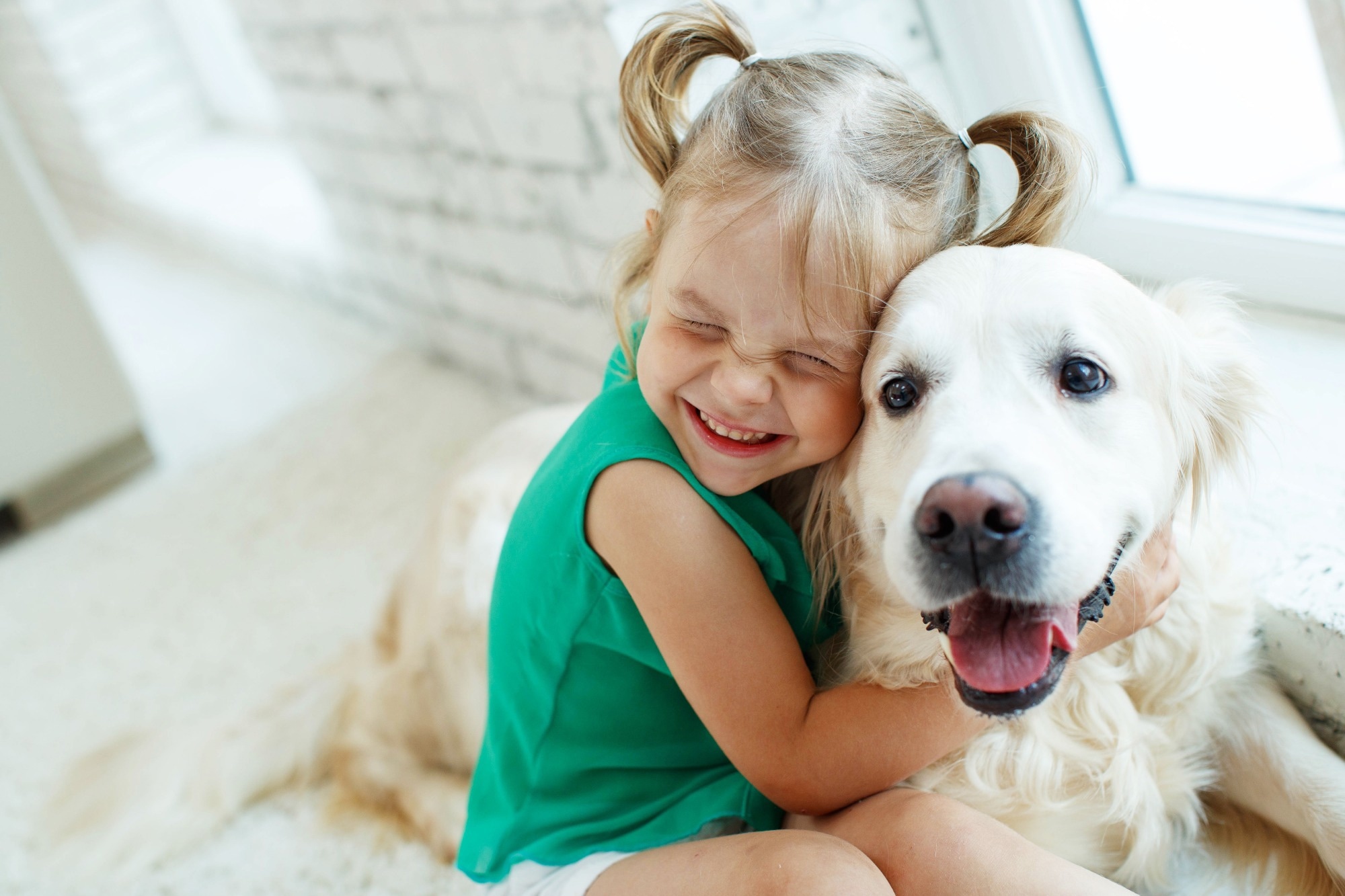Owning a dog during infancy can reduce the risk of persistent wheezing
In a recent study published in the Journal of Allergy and Clinical Immunology, researchers examined the gene-environment interactions (GxE) between pet ownership in infancy and the 17q12-21 (asthma risk) locus in relation to wheezing. Learn: Owning a dog in infancy protects against persistent wheezing in asthma risk carriers ages 17 to 21. Image source: Nina Buday/Shutterstock The heritability of asthma explained by genetic variants in recent genome-wide association studies (GWASs) was around 9%, in contrast to the 60% to 90% estimated in large twin studies. GxE interactions and broad definitions of asthma likely contribute to the “missing” heritability...

Owning a dog during infancy can reduce the risk of persistent wheezing
In a recently published study in the Journal of Allergy and Clinical Immunology Researchers examined the gene-environment interactions (GxE) between pet ownership in infancy and the 17q12-21 (asthma risk) locus in relation to wheezing.

Lernen: Der Besitz eines Hundes im Säuglingsalter schützt vor anhaltendem Keuchen bei Asthma-Risikoträgern im Alter von 17 bis 21 Jahren. Bildquelle: Nina Buday/Shutterstock
The heritability of asthma explained by genetic variants in recent genome-wide association studies (GWASs) was approximately 9%, in contrast to the 60% to 90% estimated in large twin studies. GxE interactions and broad definitions of asthma likely contribute to the “missing” heritability. The study team for the Early Life Asthma Research (STELAR) consortium was assembled from five unselected birth cohorts in the United Kingdom (UK).
Seventeen single nucleotide polymorphisms (SNPs) in different genes in the 17q12-q21 locus have been associated with asthma, although no causal variant has been confirmed. Nevertheless, rs2305480, the Gasdermin B missense variant, was the leading SNP in a study of asthma exacerbations. In childhood asthma, sensitization to pets (cats/dogs) often occurs.
About the study
The present study examined the GxE interactions between the rs2305480 variant in the 17q12-q21 locus and pet (dog/cat) ownership in infancy. Data were collected from birth to adolescence using validated questionnaires in five cohorts of the STELAR consortium. The authors focused on cat and dog ownership separately during the first year of life, limiting the analysis only to dog owners, cat owners, and those who did not own a pet.
A group of dog and cat owners was used for comparison. The researchers used five wheezing classes from latent class analysis on longitudinal wheezing data. These were a) never/rare wheezing, b) early-onset remitting wheezing in preschool age, c) early-onset remitting wheezing in middle childhood, d) persistent wheezing and e) late-onset wheezing.
The rs2305480 variant was genotyped in five cohorts. The broad binary definition of asthma was used, namely asthma at age 16 years (AE16). The five cohorts were Ashford (ASHFORD), Avon Longitudinal Study of Parents and Children (ALSPAC), Aberdeen Study of Eczema and Asthma Monitoring the Effects of Diet (SEATON), Manchester Asthma and Allergy Study (MAAS) and Isle of Wight (IOW).
The ALSPAC cohort was analyzed separately, while the remainder were examined together (hereafter joint cohort). A meta-analysis of summary statistics from ALSPAC and joint cohorts was performed. The interactions between rs2305480 genotype and pet ownership were examined using logistic regression.
A multinomial regression was performed to assess the association and interactions between rs2305480 and pet ownership. For the MAAS cohort, soil dust was collected at the age of 5 years and the endotoxin content was determined. Endotoxin levels were examined for associations with wheezing and pet ownership using multinomial regression and the Wilcoxon test, respectively.
Results
The joint cohort had 2587 children, while the ALSPAC cohort had 6149 children. Notably, 90% of those classified as non-asthmatic according to the AE16 definition were in the never/rarely wheezing class. In contrast, 89% of asthmatics were in the persistent wheezing class. The meta-analysis showed that the rs2305480 variant was associated with AE16 and persistent and late-onset wheezing.
However, the pet ownership meta-analysis showed no association between cat/dog ownership in the first year of life and asthma or wheezing type. In non-pet owners, the G allele of rs2305480 was associated with an increased risk of AE16, persistent and late-onset wheezing. Likewise, the G allele was associated with an increased risk of persistent panting and AE16 in cat owners.
No association was observed between the rs2305480 genotype and AE16 or panting class in dog owners. Logistic modeling meta-analysis found that dog owners with the risk allele rs2305480 had a significantly lower risk of persistent panting. The non-pet owners carrying the (GG) risk phenotype showed an increased prevalence of persistent wheezing.
Cat owners with the GG phenotype had a higher risk of persistent panting, as did non-pet owners. In contrast, dog owners with the GG phenotype did not have a higher prevalence of persistent panting compared to other groups. Notably, higher endotoxin levels were observed in the homes of pet owners than in homes where no pets were kept. Specifically, increased endotoxin levels were associated with a lower risk of persistent wheezing.
Conclusions
In summary, the study showed the connection between the risk allele rs2305480 and the increased risk of asthma for the entire population. The rs2305480 allele also increased the risk of persistent and late-onset wheezing. The authors found no association between pet ownership and asthma or wheezing outcomes in the first year of life in the general population. However, when GxE interactions between pet ownership and genotype were tested, dog owners (only) were no longer at higher risk for asthma or wheezing.
Reference:
- Tutino M, Granell R, Curtin JA, et al. (2022). Der Besitz eines Hundes im Säuglingsalter schützt vor anhaltendem Keuchen bei Asthma-Risikoträgern im Alter von 17 bis 21 Jahren. Zeitschrift für Allergie und klinische Immunologie. doi: https://doi.org/10.1016/j.jaci.2022.10.012 https://www.sciencedirect.com/science/article/pii/S0091674922014130
.

 Suche
Suche
 Mein Konto
Mein Konto
